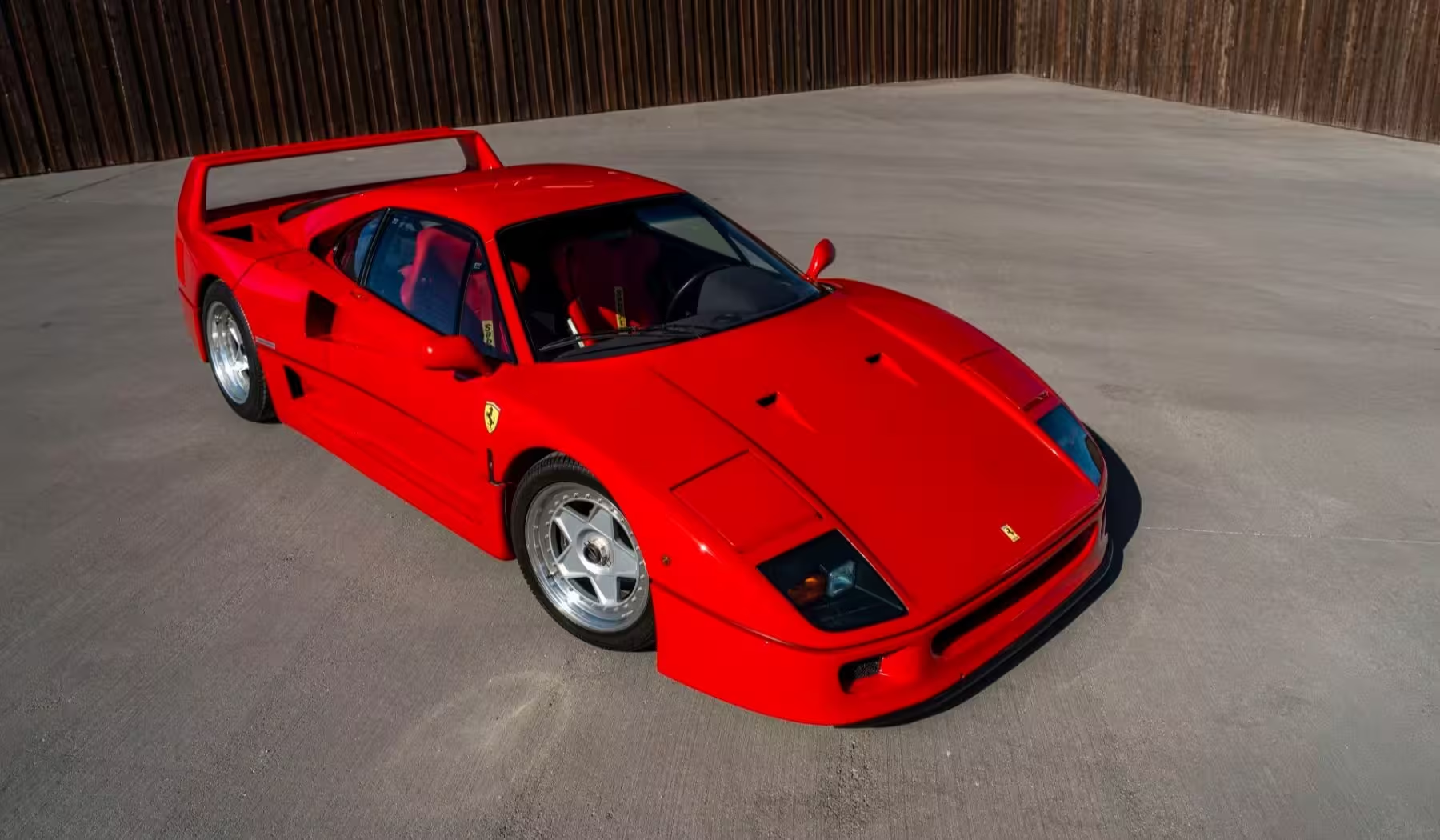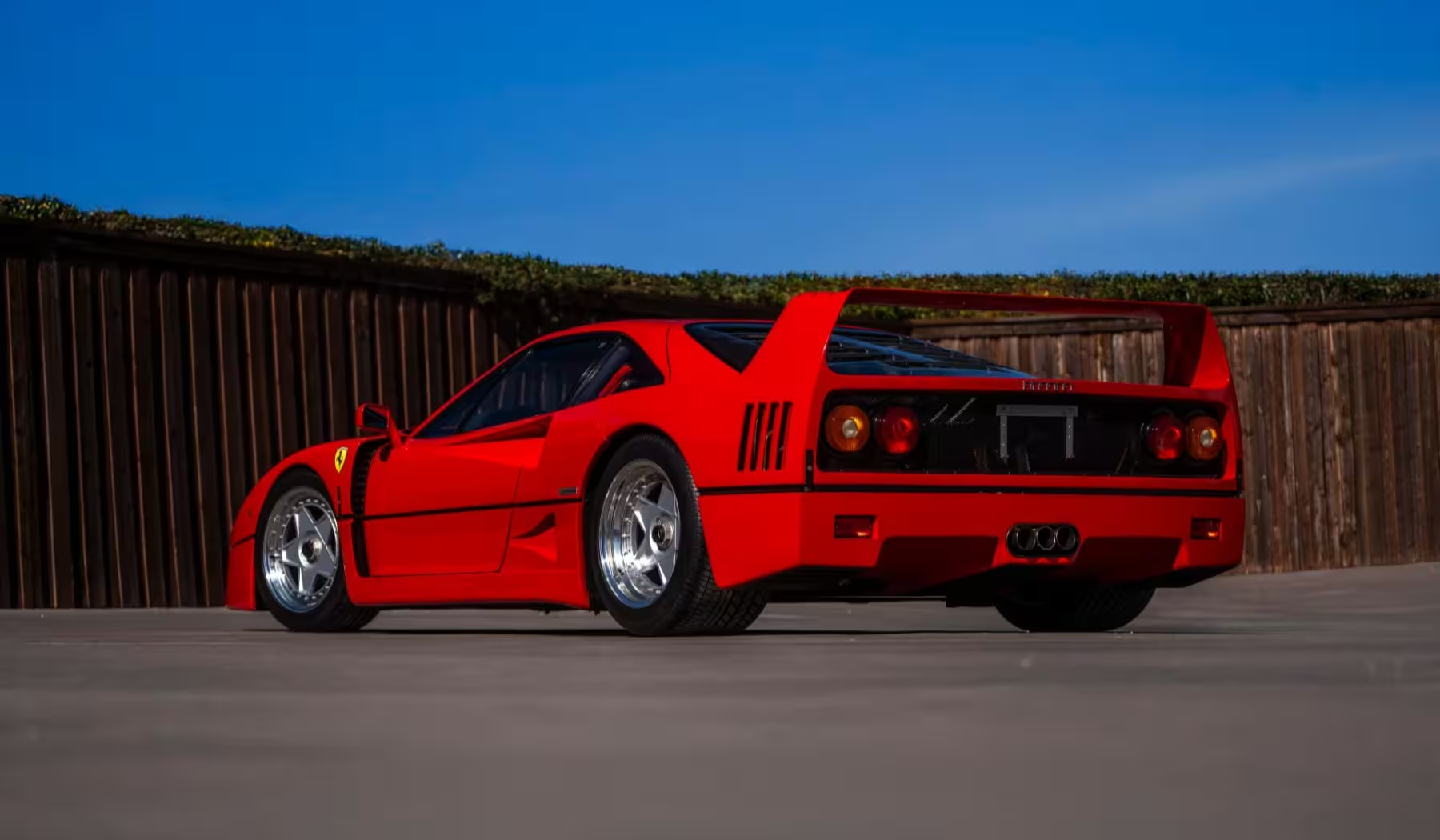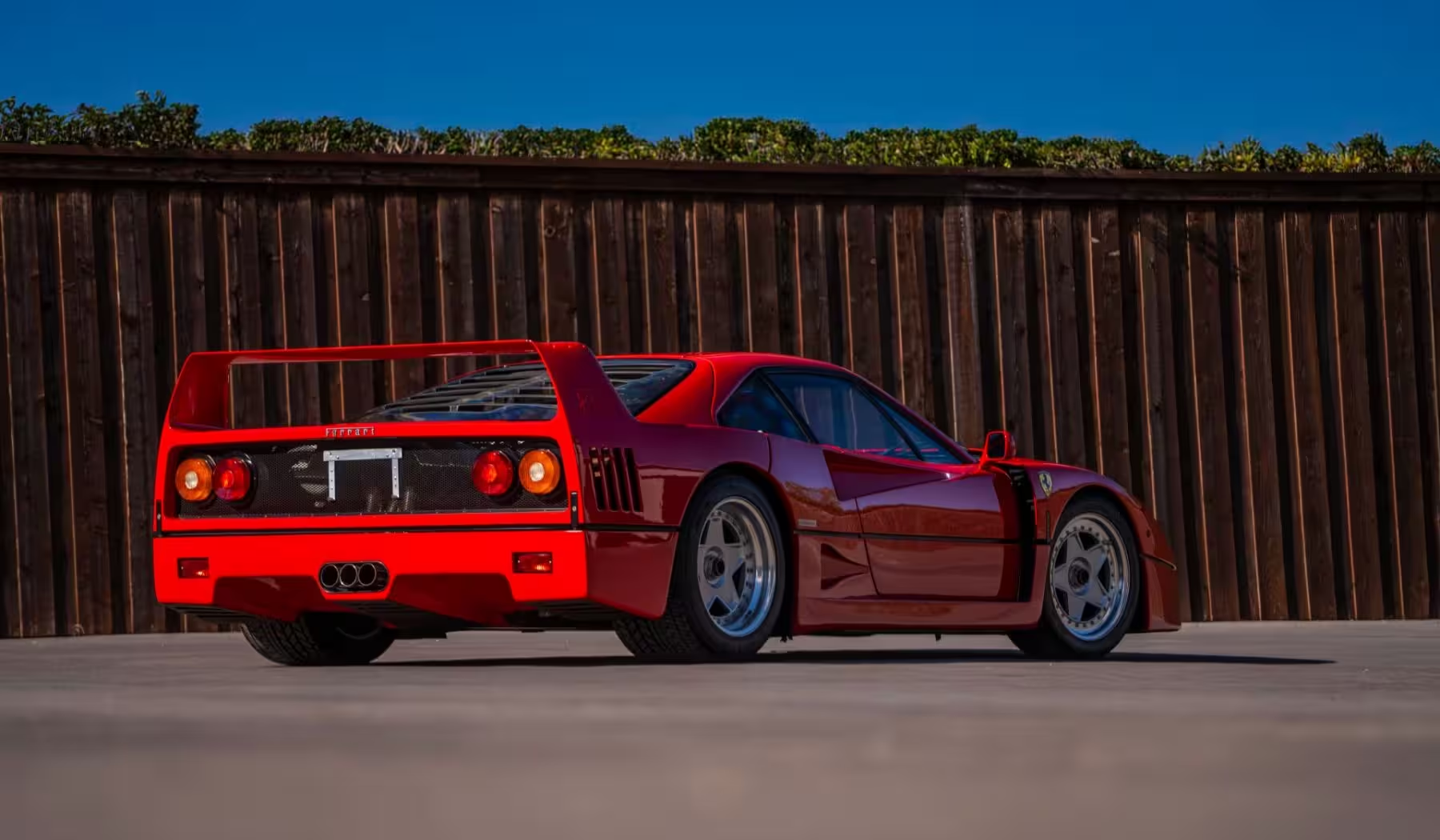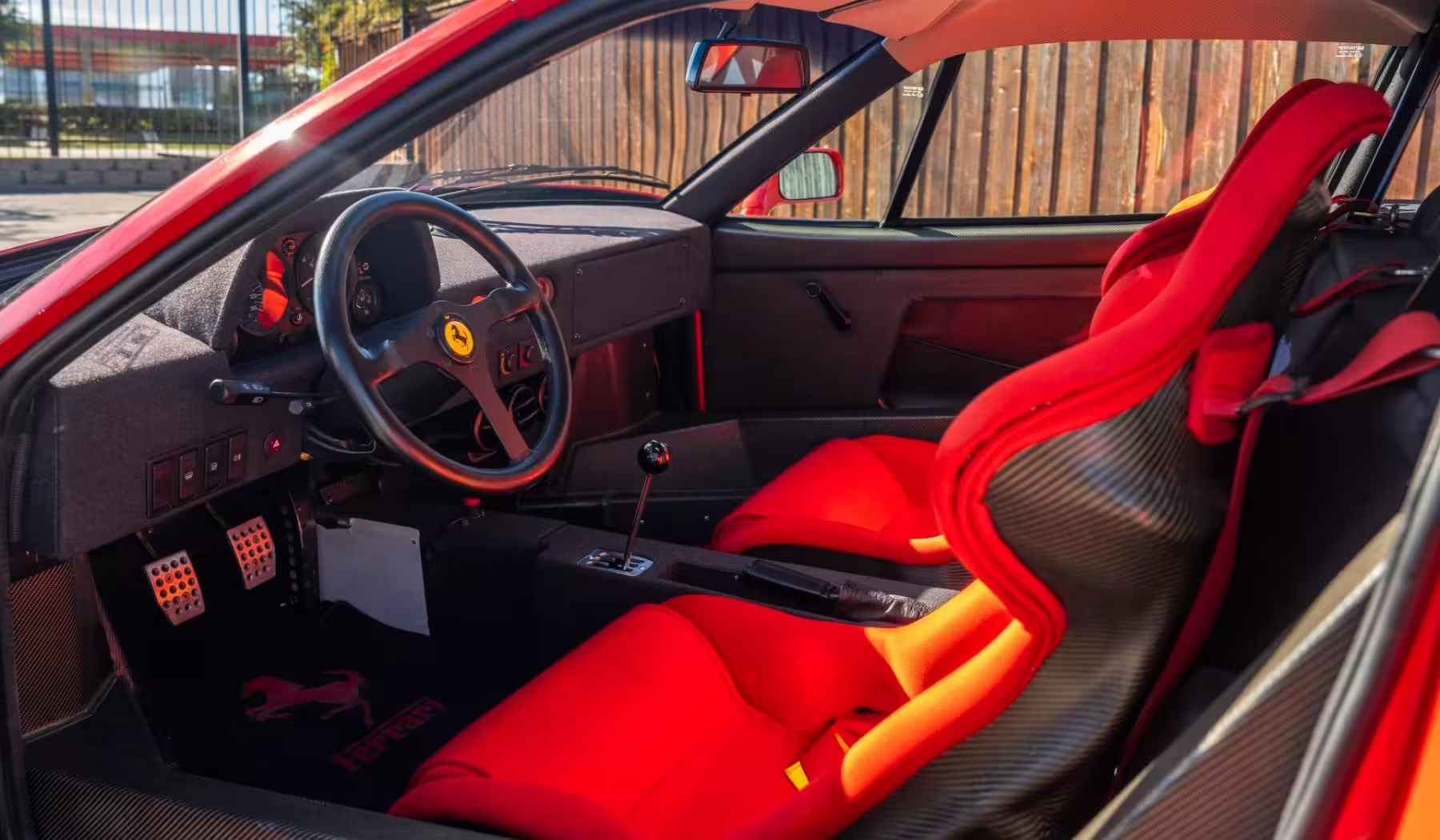6 Minutes
Introduction: A car that rewrote expectations
Even decades after it first roared out of Maranello, the Ferrari F40 still occupies a special place in automotive culture. Born in the supercar renaissance of the 1980s, the F40 combined race-car DNA, uncompromising engineering and an aesthetic that screamed performance. Modern Ferraris are faster, safer and more technologically advanced, yet few models stir the same emotional reaction. This article explores why the F40 remains Ferrari's most iconic road car.
From Group B ashes to a street-legal legend
The F40 did not appear out of nowhere. Its lineage can be traced to the 288 GTO Evoluzione and Ferrari's aborted Group B program. When the FIA cancelled Group B in 1986, chief engineer Nicola Materazzi repurposed the advanced Evoluzione work into a road car designed to celebrate Ferrari's 40th anniversary. What emerged was more than a halo model: it was a distilled, street-legal expression of Ferrari's racing expertise.

Key development notes
- Platform: Lightweight tubular spaceframe chassis.
- Bodywork: Kevlar and carbon fibre panels to minimize weight.
- Powertrain: Mid-mounted 2.9-liter twin-turbo V8 producing 471 hp.
- Philosophy: Minimal driver aids, maximum connection between car and driver.
1. Raw, unfiltered performance
Where many later Ferraris favor electronic assistance and creature comforts, the F40 was brutally honest. With no power steering, no ABS and no traction control as standard, the car demanded respect. The 2.9-liter twin-turbo V8 was compact but ferocious: 471 hp, roughly four seconds to 60 mph and a top speed north of 200 mph (around 324 km/h). That direct, analog feedback is central to the F40's legend.
'It drives like a race car you can actually take to the road' — a common refrain among enthusiasts.

2. Motorsport DNA in a road-going package
Ferrari built road cars to fund racing, but the F40 flipped that script — it brought racing technology to the road with fewer concessions than almost any predecessor. The chassis stiffness, aerodynamic profile, and turbocharged V8 were all rooted in motorsport engineering. For years, the F40 was the closest thing to an F1 experience you could legally experience on public roads, until cars like the McLaren F1 pushed the envelope further.
3. Design that still reads as pure performance
Pininfarina translated the F40's performance priorities into a design language that remains instantly recognizable. The low-slung silhouette, prominent NACA ducts, functional louvres and the towering rear wing are not styling flourishes — each element serves aerodynamic or cooling purposes. Three decades later, the F40 still looks like a car built with a single goal: to be fast and to telegraph that intent from any angle.

4. A pure analog driving era encapsulated
The late 1980s were a golden age for raw, analog performance: mechanical grip, manual gearboxes and turbocharged engines that required skillful management. The F40 epitomized that moment. Its lack of driver aids made it demanding—sometimes unforgiving—but the payoff was an intensely rewarding driving experience. For collectors and drivers who prize driver engagement over lap times recorded by automated telemetry, the F40 remains a benchmark.
5. The Enzo factor and lasting cachet
There is an extra aura around the F40 because it was the last Ferrari halo car personally approved by Enzo Ferrari. Even at 89, il Commendatore had a hand in development, lending the car a provenance that elevates its historical importance. That backstory, combined with limited production numbers and consistent collector demand, has cemented the F40 as a blue-chip classic in the sports car market.

Specifications and how they matter today
Numbers tell part of the story but never the whole story with the F40. Official figures are modestly straightforward: 2.9L twin-turbo V8, 471 hp, approximately 0-60 mph in 4 seconds, and a top speed around 201 mph (324 km/h). But the real value lay in how those numbers were delivered: light curb weight, racing-derived chassis dynamics and a cockpit that prioritized function over comfort.
Comparisons: F40 versus later Ferrari halo cars
Later halo models like the F50, Enzo and LaFerrari advanced technology and performance metrics, integrating hybrid systems, active aerodynamics and sophisticated traction control. Those cars are faster and more refined, but the F40's appeal is a different kind of purity. If the newer models are cutting-edge technology wrapped in a Ferrari badge, the F40 is a manual, visceral conversation between human and machine.
Market position and collector appeal
Today, the F40 occupies a rarefied corner of the classic car market. Values have shown resilience, supported by limited production, historical significance and a cultural mythos that transcends mere specs. Buyers often cite authenticity, provenance and driving experience as key reasons they seek F40s, and serious collectors prize unmodified, well-documented cars.

Highlights
- Distinctive race-derived engineering and styling.
- Pure driving engagement with minimal electronic intervention.
- Strong collector demand and historical importance as Enzo's last approved halo car.
Whether you measure its worth by lap times, auction results or the emotion it provokes, the Ferrari F40 is a rare supercar that continues to define what an uncompromised sportscar can be. Until Maranello decides to release another analog, driver-focused halo model, the F40 will likely remain the yardstick against which many enthusiasts judge all other Ferraris.
Source: autoevolution
Comments
v8rider
wow the F40 still gives me chills. raw noise, no assists, pure chaos in a seat. wish i could drive one someday, unreal

Leave a Comment